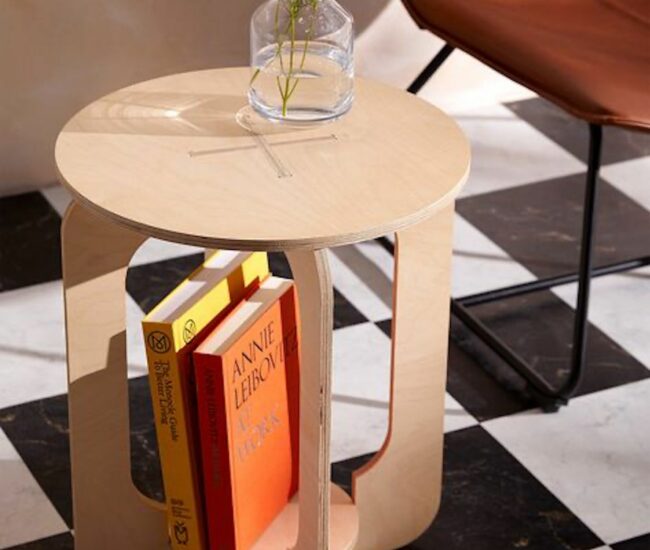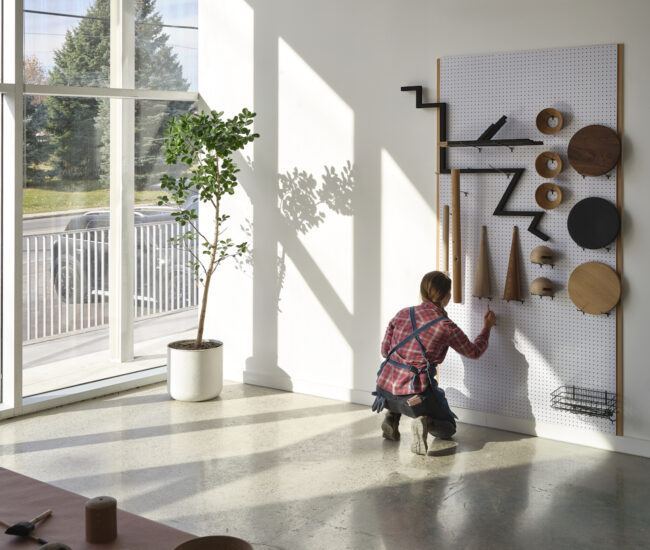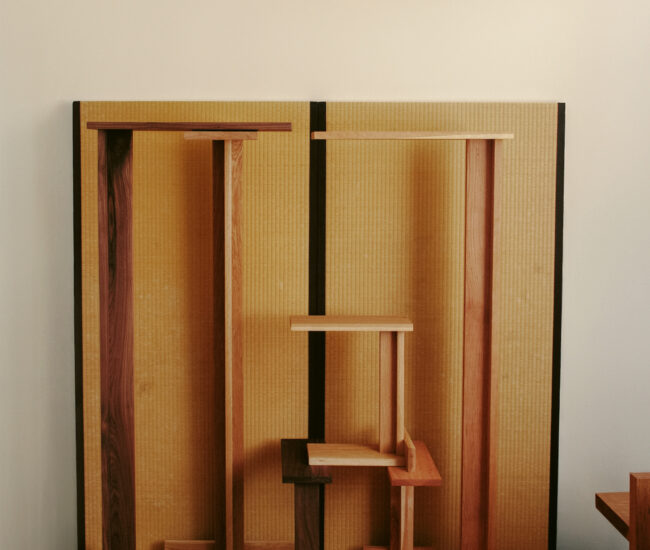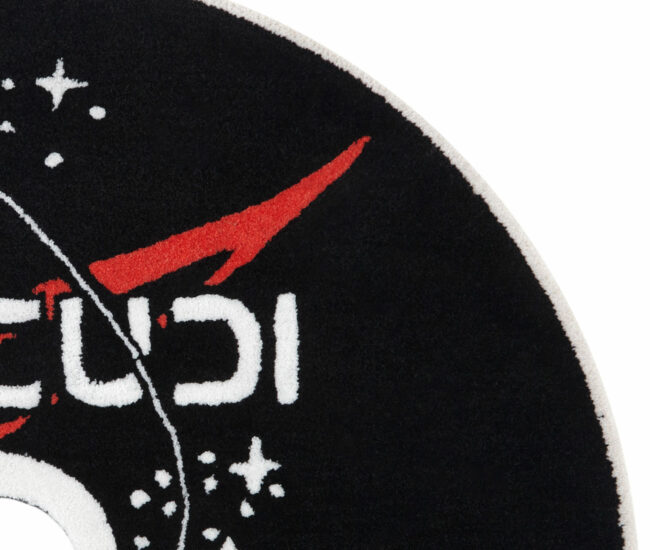Hip to Be Square: The Rubik’s Cube Turns 40
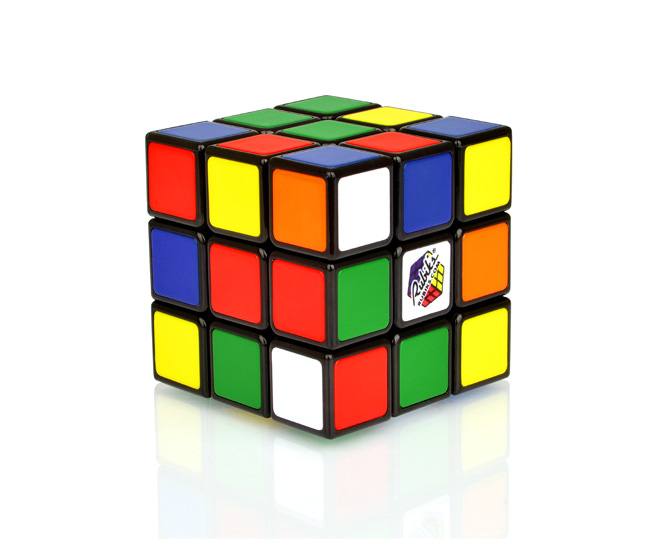
How Rubik’s cube surpassed toy status
If a few key objects could summarize a decade, the ’70s might distill down to digital watches, Atari video games and the dot matrix printer. Novelties such as these resurface when the mood strikes, but few designs survived the Me Decade. The Rubik’s cube, however, flourished. The twistable puzzle has not only outlasted its peers – with their fancy analogue displays and joystick controls – but its high-tech successors, too.
The toy came to life in 1974, when Hungarian sculptor and architecture professor Ernö Rubik fashioned a wooden block to show his students how a mechanism’s pieces could move independently without the whole thing coming apart. Rubik didn’t even know he had a puzzle on his hands until he scrambled the colours and tried to restore them. The worldwide launch came at the 1979 Nuremberg Toy Fair, and now 40 years old the cube remains a pop culture phenomenon.
Why? Anyone anywhere can play with the cube without batteries or instruction. Its universal design makes it clear that the six colours are to be matched up. With a billion-plus possible permutations, how you move the 20 interlocking pieces on the pivoting, internal mechanism is up to you.
Secondly, the cube embodies a philosophy of slow play that rewards attention span and logic; the prize is the tangible proof of aptitude. Back in the ’70s, it took Rubik a month to solve his own puzzle, and today a community of Speedcubers (highly skilled, incredibly fast puzzle solvers) spans 66 countries – all vying to win competitions arranged and regulated by the World Cube Association.
The cube, a manual riddle with an unfussy, 8-bit art form, is stimulating millenial minds the world over and compelling a brilliant few to solve it in less than six seconds. All the while outselling games where solutions are just a mouse click away.
Originally published in our Fall 2014 issue.


